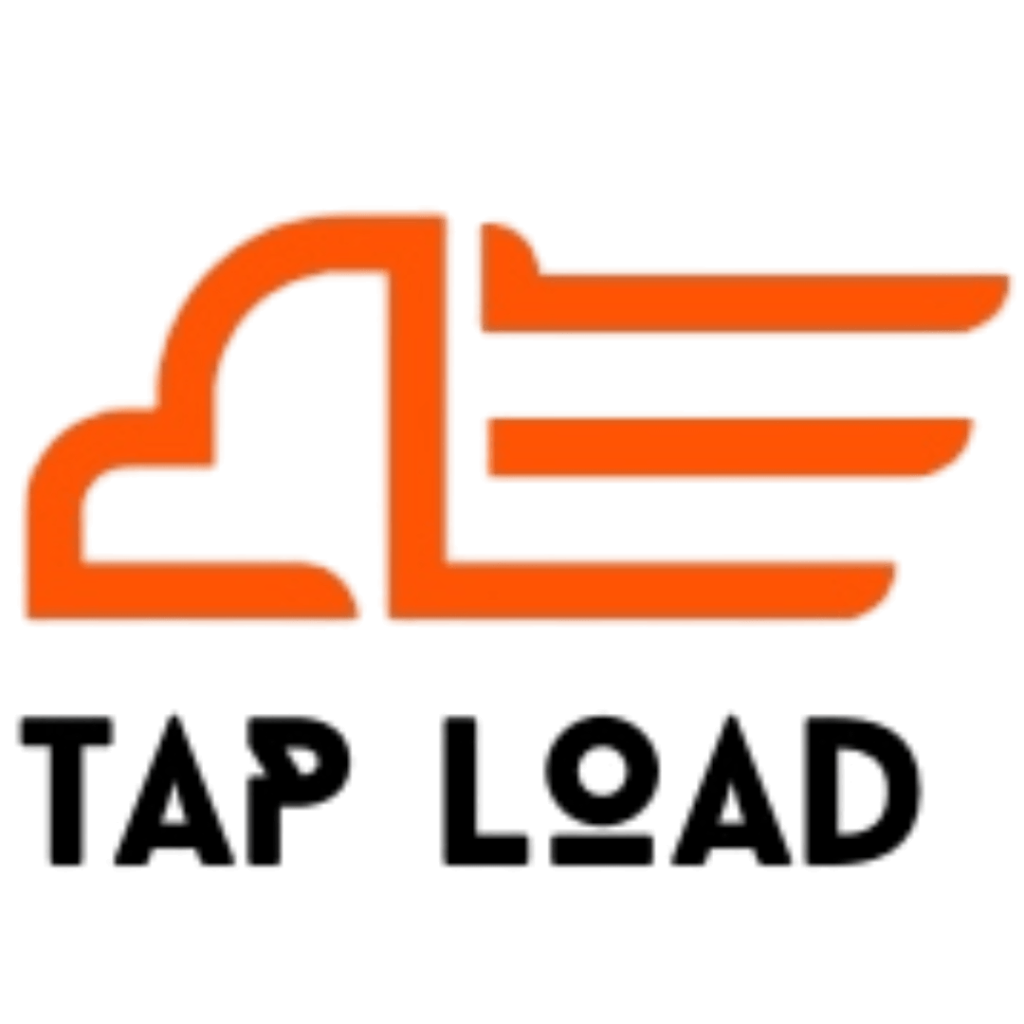Logistics digitalization is not so much about stand-alone devices, it’s about how equipment interacts with each other in the vehicle environment. The rising smarts and autonomy of freight operations are making efficiency and control anew through embedded sensor networks and advanced vehicle integration platforms. Here we explore how load telemetry works on the go, the technology that goes into in-vehicle data fusion, and how Tap Load fits into this larger revolution. For companies that want to move beyond broken tech and into real freight intelligence, this is your future horizon.
Sensor Networks
A sensor network is more than a cluster of detectors, it’s a coordinated system where each node communicates, validates, and contributes to a full understanding of vehicle conditions. In logistics, an ideal sensor network includes pressure pads, inertial sensors, thermal probes, and gyroscopes, all working in sync to map weight behavior and cargo response.
Tap Load installs its sensor network directly into the freight platform, forming a mesh of nodes that detect not only the mass but the direction, temperature, and vibration of the cargo. These sensors communicate over low-latency protocols and report their findings in unified telemetry packets.
Scientific studies show that embedded sensor networks reduce error margins in mobile load detection by up to 35% compared to single-point systems (Intelligent Transport Systems Review, 2023). In effect, the sensor network becomes the nervous system of the vehicle, translating physical shifts into actionable digital insights.
Vehicle Integration
Vehicle integration is the process of embedding smart technologies directly into the electrical and mechanical systems of a transport vehicle. Unlike standalone sensors, integrated systems work harmoniously with the vehicle’s braking logic, steering control, and telematics hub.
Tap Load is designed for seamless vehicle integration, connecting via CAN bus protocols and synchronizing with GPS, onboard diagnostics (OBD-II), and driver assist modules. This ensures that cargo information is not isolated, it directly influences operational decisions such as rerouting or active braking.
Research in Mechatronic Freight Systems Journal (2024) reveals that vehicles with active vehicle integration respond 23% faster to load-related threats compared to manually monitored systems. This shows that integration isn’t just a convenience, it’s a functional upgrade to how freight moves and adapts. The more tightly a device like Tap Load is woven into the vehicle’s control systems, the more intelligent the fleet becomes.
The Science Behind Load Telemetry
Load telemetry is offsite measurement and reporting of shipment data while in transit. Compared to conventional logs recorded upon departure or delivery, load telemetry provides real-time data on weight motion, axle tension, and distribution irregularities.
Tap Load reports load telemetry through an encrypted data stream linked to fleet servers so operators can obtain condition updates in transit. Statistical weight drift is calculated, equilibrium variance is measured, and alerts are transmitted in the event of considerable changes.
From a scientific perspective, load telemetry relies on probabilistic modeling and multi-dimensional sensor fusion. The goal isn’t just to collect numbers, but to predict and prevent issues based on evolving inputs. According to Freight Data Engineering Quarterly (2023), fleets using active load telemetry saw a 45% reduction in compliance fines and a 38% increase in cargo stability.
Smart Coordination
The power of modern logistics lies not in isolated features but in synchronized operation. A smart sensor network connected through seamless vehicle integration enables load telemetry to inform broader fleet management systems. This means your cargo isn’t just being monitored, it’s contributing live intelligence to a dynamic control environment.
Tap Load transmits data directly into telematics dashboards where AI-driven algorithms analyze traffic, weather, and mechanical load to optimize routing and maintenance planning. When load telemetry suggests uneven cargo distribution, the vehicle may adjust braking intensity or redistribute internal suspension in active systems.
This intelligent coordination improves everything from fuel economy to delivery accuracy. Industry studies confirm that fleets using fully integrated systems reduce fuel waste by 10–15% and lower incident rates by nearly 50% (Connected Logistics Consortium, 2024).
Future Trends in Sensor-Based Vehicle Intelligence
As autonomous trucking expands, the need for tightly coupled vehicle integration and real-time sensor networks will intensify. Future systems will include AI co-pilots that predict road conditions and mechanical responses, but they’ll rely heavily on accurate, granular load telemetry.
Tap Load is already designed to meet these requirements. With scalable firmware and OTA (over-the-air) update capability, it evolves alongside your fleet’s digital strategy. Integration with V2X (vehicle-to-everything) systems is also on the roadmap, allowing cargo data to be shared with smart infrastructure and traffic control systems.
The future of transport will depend on how well devices like Tap Load plug into larger systems. In that future, sensor networks and live analytics will be the minimum standard for safe, optimized freight movement.
Conclusion
Freight monitoring is not just about standalone devices anymore, it’s about creating comprehensive ecosystems of data, decisions, and dynamic response. Tap Load’s positioned at the edge of this revolution, integrating well into the vehicle architecture and enabling real-time coordination through robust sensor networks and load telemetry.
As trucks become more intelligent and supply chains grow faster, vehicle-integrated systems will hold sway over next-generation logistics. The companies investing now in networked freight intelligence aren’t just keeping pace; they’re setting the pace.

